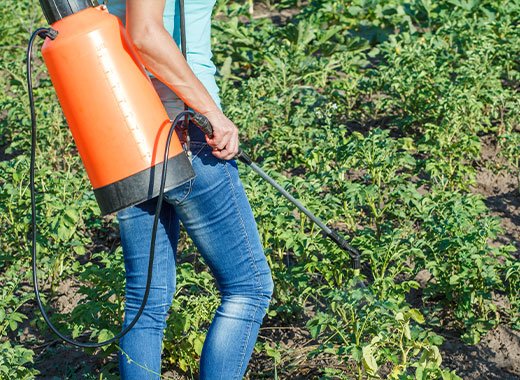
The Indian government provides fertilizer subsidies to farmers as a way to support agriculture and promote food security.
The subsidy is aimed at reducing the cost of fertilizers, which are essential inputs for crop production. The government has been providing fertilizer subsidies since the 1970s, and the program has evolved over time.
Currently, the fertilizer subsidy in India is provided through a nutrient-based subsidy (NBS) scheme. Under this scheme, the subsidy is linked to the nutrient content of the fertilizer, rather than the price. The government sets a fixed subsidy rate for each nutrient (such as nitrogen, phosphorus, and potassium) and the subsidy amount varies according to the market price of the fertilizer.
The fertilizer subsidy is implemented by the Department of Fertilizers, which is responsible for ensuring that the subsidized fertilizers are made available to farmers at affordable prices. The subsidy is distributed through a network of authorized dealers and retailers, who are required to sell fertilizers at subsidized rates.
While the fertilizer subsidy has helped to increase agricultural productivity and food production in India, there are concerns about its sustainability and effectiveness. The subsidy has led to the overuse of fertilizers, which has resulted in soil degradation and environmental pollution. In addition, the subsidy benefits mainly large farmers and agribusinesses, rather than small and marginal farmers who are most in need of support. The government is exploring alternative policies, such as promoting organic farming and agroecology, to address these issues.
How to apply?
To apply for the fertilizer subsidy in India, farmers need to follow these steps:
- Obtain a soil test report: Farmers need to obtain a soil test report from a government-approved soil testing laboratory to determine the nutrient requirements of their crops.
- Choose the appropriate fertilizer: Based on the soil test report, farmers should select the appropriate fertilizer that meets the nutrient requirements of their crops.
- Purchase the fertilizer: Farmers can purchase the fertilizer from any authorized dealer or retailer. They will need to show their farmer ID card or any other document proving their identity and eligibility for the subsidy.
- Submit the subsidy application: At the time of purchase, farmers should submit the subsidy application form along with the necessary documents, such as the soil test report and farmer ID card. The subsidy application form can be obtained from the dealer or retailer or downloaded from the Department of Fertilizers website.
- Receive the subsidy: The subsidy amount will be credited directly to the dealer or retailer's account, and the farmer will only need to pay the subsidized price for the fertilizer.
Important!
It’s important to note that the process may vary slightly depending on the state or region of India. Farmers can obtain more information on the fertilizer subsidy application process from the Department of Fertilizers or their respective state agriculture department.
The Government of Gujarat also provides fertilizer subsidies to farmers in the state as a way to support agriculture and promote food security.
The Government of India provides fertilizer subsidies to farmers across the country through a nutrient-based subsidy (NBS) scheme, which is aimed at reducing the cost of fertilizers and ensuring their availability to farmers at affordable prices.